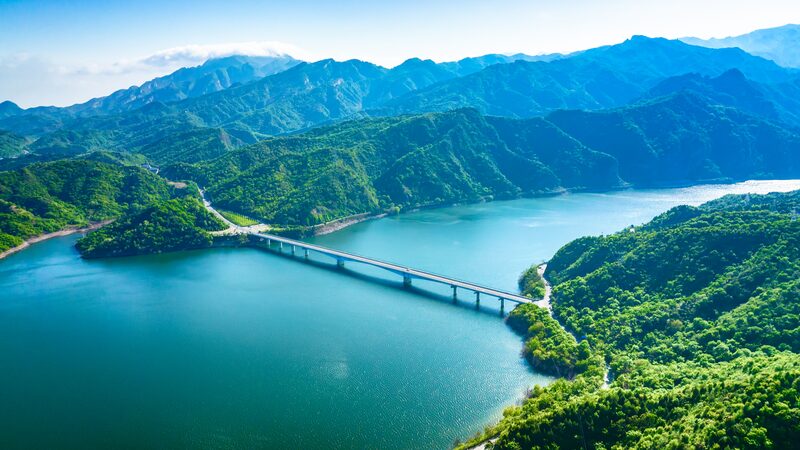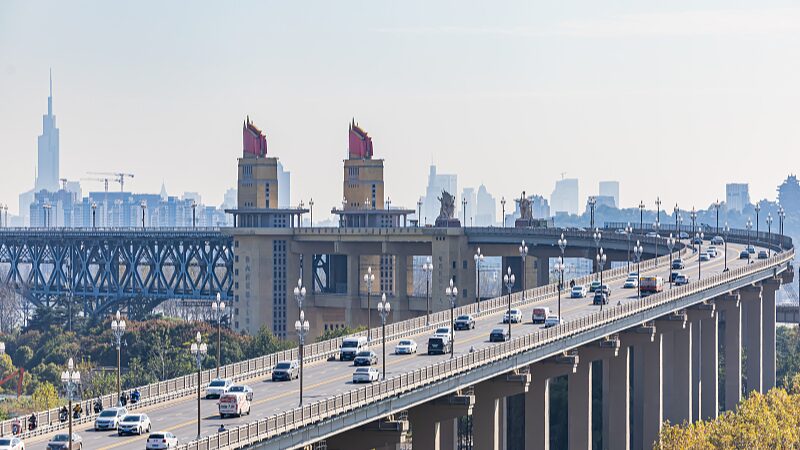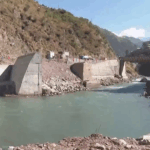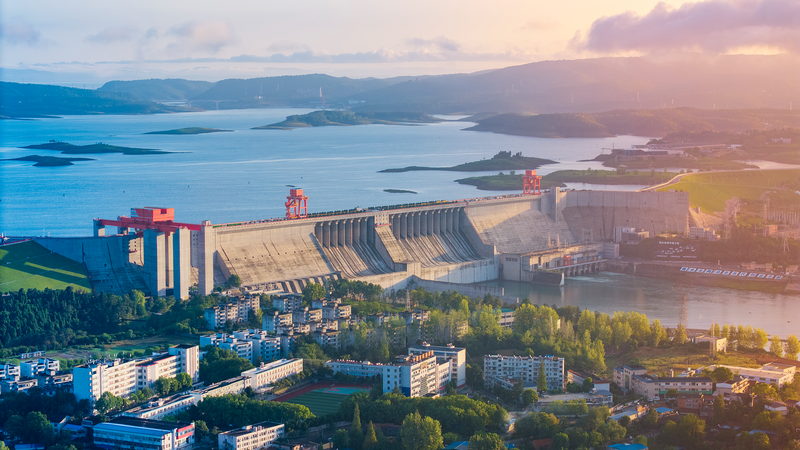In the arid landscapes of southern Xinjiang, a monumental engineering feat is taking shape along the Kumarak River. The Dashixia Water Control Project, anchored by the world's tallest concrete-faced sand-gravel dam at 247 meters, promises to transform water management in the Xinjiang Uygur Autonomous Region.
The structure – equivalent to an 80-story building – will address critical irrigation challenges while ensuring stable water supplies for 1.5 million residents and 3.7 million acres of farmland. Experts highlight its dual role in flood prevention and hydropower generation, crucial for supporting the region's agricultural and urban development.
"This isn't just about containing water – it's about securing prosperity," said Wang Li, a hydrology researcher at Xinjiang University. "Reliable water access enables smarter crop planning, attracts sustainable industries, and creates climate resilience."
As construction progresses, the project underscores China's commitment to infrastructure development in western regions. Business analysts note potential opportunities in water-efficient technologies and agricultural modernization, while environmentalists emphasize the need for balanced ecological preservation.
When operational in 2026, the dam will serve as a lifeline for southern Xinjiang's oasis cities, blending ancient water wisdom with modern engineering to write a new chapter for the Silk Road's historic heartland.
Reference(s):
cgtn.com








